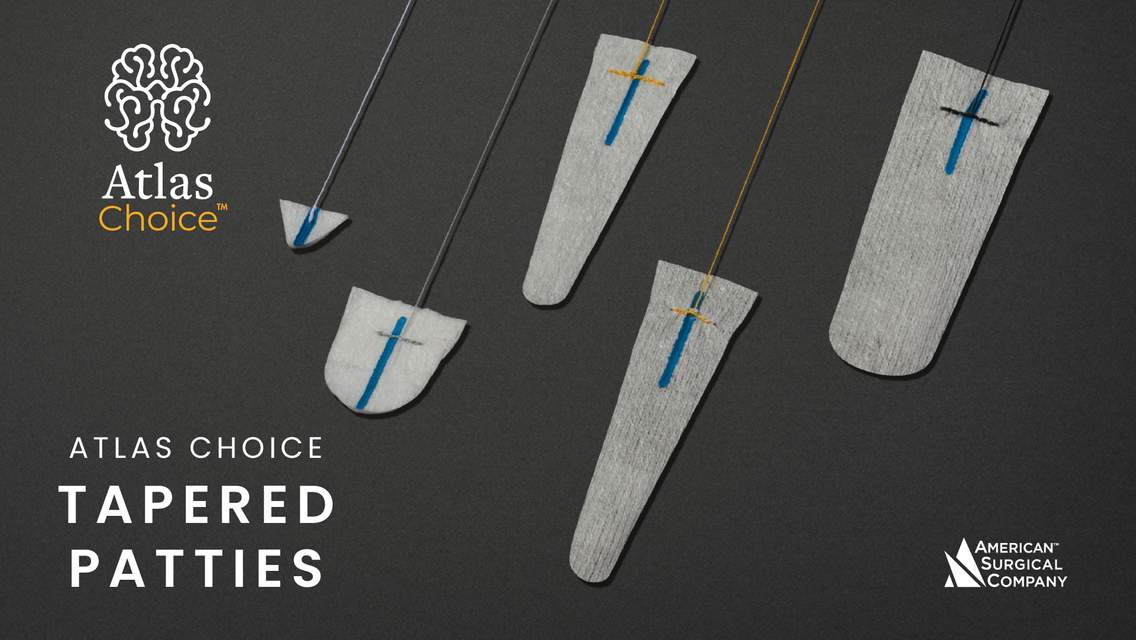Practice Types
Table of Contents: Practice Types
General Practice Considerations
- Leadership/management
- Administrative structure: who has decision-making authority
- Medical board/physician input?
- Corporate vs physician mentality
- Mentorship
- Case diversity/scope of practice
- Overall reputation, fiscal soundness
- Major liabilities, recent large investments, lawsuits
- Productivity challenges/competition
- Size, reputation, penetration of other practices/hospitals
- Compensation model, ancillary income, fiscal soundness (see below)
- Geographic considerations
Practice Settings
Range of Employment Models and Academic Settings
- Employment Models
- Hospital employment
- Multispecialty group
- Single-specialty group
- Independent contractor or locum tenens
- Academic Setting
- Academic
- Private Practice
- Hybrid, Affiliate, or “Privademic”
Hospital Employment
- Rapid growth in recent years
- Model for most academic departments
- Now the preferred practice choice for graduating residents/fellows
- Pros
- Less administrative time and effort
- Stable income
- Easy start up
- Cons
- Minimal autonomy and flexibility; other types of administrative responsibility
- May be difficult to negotiate or renegotiate contract
- Considerations
- Tying your success to that of a single hospital: consider reputation, patient pool, financial health, local competition
- Compensation arrangement: consider carefully as there is likely to be less flexibility or renegotiation
- Ancillary support
Multispecialty Group Practices
- Both private and academic (ie. faculty practice)
- May or may not be physician owned/administered
- Pros
- Similar to hospital employment: administrative resources, easy startup and stable starting income
- May be more potential for growth or partnership/ownership
- Cons
- Limited autonomy and flexibility
- May have fewer resources (ancillary support, benefits) and smaller scale than large hospital
Private Practice
- Single or multispecialty neurosurgery group
- May be office based with contracted coverage for hospitals and surgery centers
- Pros
- Relative autonomy
- Ownership and potential compensation
- Cons
- Greater administrative responsibilities and overhead
- Start up challenges, especially for solo practitioners or small groups
- Greater risk from larger competitors and consolidation and financial vulnerability to low productivity
- Case diversity and complexity may be a trade off depending and size and scale of group
Academic Practice
- Based at academic medical center
- Typically hospital employment
- Pros
- Fewer production-based incentives and dedicated research time important for starting academic career
- Mentorship, training, academic conferences, professorship track
- Other subspecialty resources of medical center
- Cons
- Lower compensation for high-productivity surgeons
- University and Hospital administrative responsibilities, lack of autonomy/flexibility
Hybrid, Affilliate, and “Privademic” Models
- Driving forces
- Hospital consolidation
- Routine procedures can more efficiently be performed in the community setting
- Neurosurgeon interest and familiarity with academic setting
- Typically incorporate production-based compensation incentives
- Pros
- Neurosurgeons can keep a foothold in academic setting (mentorship, teaching, research)
- Relative autonomy of private practice
- Efficiency of community hospital with support and consulting services of large academic center
- Cons
- Compared to traditional academic practice:
- Compensation model may not provide dedicated research time and support for academic productivity
- May not have most complex cases, mentorship, residents, resources of academic medical center
- May be designed as referral base for main center
- Compared to private practice
- May have less flexibility and autonomy
- Less opportunity for productivity based payment or lower overall compensation
- Compared to traditional academic practice:
Summary
- There are a wide variety of practice models offering different combinations of employment arrangements and academic affiliations.
- Each practice setting should be evaluated for the pros and cons of the employment arrangement and academic affiliation, as well as the unique features of that particular practice, the geographic competition, and the individual employment contract.
Resources
- Neurosurgery Executives’ Resource Value & Education Society (NERVES) Survey
- The Neurosurgical Atlas
- Dr. Aaron Cohen-Gadol interviews Dr. Dong Kim, click here
- Benzil DL, Zusman EE. The employed neurosurgeon: essential lessons. Neurosurgery 2017;80:S59–S64.
- Kim DH, Duco B, Wolterman D, et al. A review and survey of neurosurgeon-hospital relationships: evolution and options. Neurosurgery 2017;80 :S10–S18.
Please login to post a comment.











